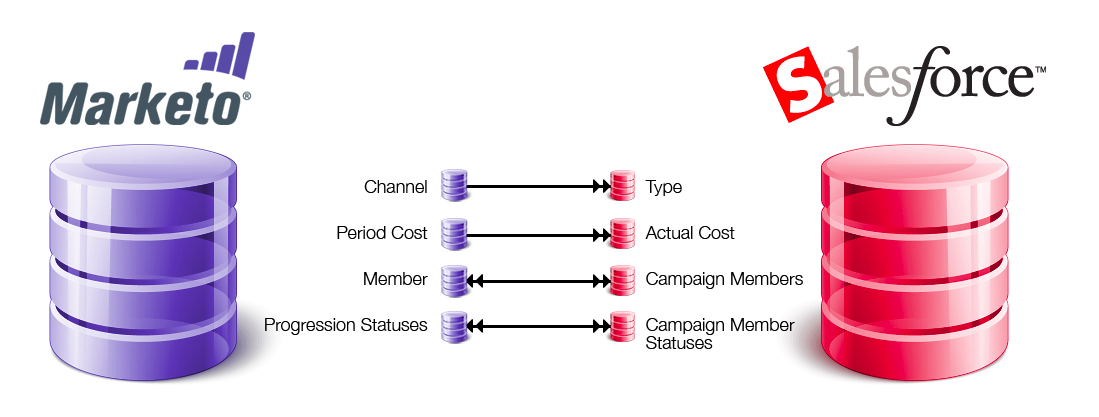In today’s digital landscape, where the intersection of marketing technology and customer relationship management (CRM) systems is pivotal, the synchronization between Marketo Engage and Salesforce CRM stands as a cornerstone for B2B companies aiming to streamline their marketing operations. In this blog, we delve into the nuances of maximizing this synchronization, drawing insights from industry expertise and real-world experiences.
The insights in this blog are inspired by the Adobe article on Marketo Program and Salesforce Campaign sync.
Unveiling the Challenges
The journey to maximizing Marketo and Salesforce synchronization begins with acknowledging the challenges that marketers often encounter. These challenges range from list discrepancies and duplicate contacts to data validation failures and issues with customized CRM configurations. It’s a labyrinth of obstacles that, if left unaddressed, can hinder marketing success and ROI measurement.
Crafting Solutions: A Deep Dive
1. Sync State and Errors
Lets talk about the importance of leveraging Marketo’s Sync State and Errors page, a recent update aimed at providing insights into synchronization issues. By proactively monitoring sync errors and addressing them promptly, marketers can ensure the integrity of their data flow between Marketo and Salesforce, laying the groundwork for more effective marketing campaigns.
2. Notification Center: A Marketer’s Ally
A crucial yet often overlooked aspect is Marketo’s Notification Center. Subscribing to this feature enables marketers to stay informed about critical errors or issues requiring attention. Regularly reviewing and addressing these notifications not only ensures data hygiene but also minimizes manual intervention in the long run.
3. Permissions: The Key to Seamless Integration
One of the primary causes of synchronization issues lies in inadequate permissions granted to the Marketo sync user within Salesforce. We advocate for granting comprehensive permissions—view all, modify all, and delete all—across relevant CRM objects. This approach, although met with resistance at times, is indispensable for maintaining data accuracy and enabling seamless data synchronization.
4. Custom Objects and Velocity Scripting
Navigating custom objects in Salesforce and harnessing their data within Marketo requires a nuanced approach. We second the importance of linking custom objects to person records, emphasizing the need for velocity scripting to leverage this data effectively in marketing campaigns. While velocity scripting may seem daunting, it unlocks the potential for hyper-personalization, enriching marketing initiatives and driving engagement.
5. Program Management and Attribution
Effective program management hinges on a symbiotic relationship between Marketo programs and Salesforce campaigns. Its highly important to create campaigns from Marketo first, leveraging its channel and tag functionalities for robust attribution modeling. By synchronizing cost data and optimizing campaign structures, marketers can glean actionable insights into marketing performance and ROI.
Conclusion: Maximizing Marketo-Salesforce Synergy
In the realm of B2B marketing, the synergy between Marketo Engage and Salesforce CRM is indispensable for driving marketing effectiveness and revenue growth. By addressing common synchronization challenges head-on and leveraging the full capabilities of Marketo’s synchronization features, marketers can unlock the full potential of their marketing technology stack, driving tangible results and fostering lasting customer relationships.
In conclusion, the journey to maximizing Marketo and Salesforce synchronization is rife with challenges, yet brimming with opportunities for innovation and growth. By embracing a proactive approach, leveraging advanced features, and nurturing a culture of continuous improvement, marketers can pave the way for seamless data integration, robust campaign management, and unparalleled marketing success.
Image Reference: https://nation.marketo.com/t5/employee-blogs/marketo-program-and-salesforce-campaign-sync/ba-p/328285




